There are 5 main types of champagne: brut, sec, demi-sec, doux, and ultra. Each has its own unique flavor profile that can be enjoyed for different occasions.Brut is the driest champagne and is best served as an aperitif or with seafood. Sec is medium dry and pairs well with poultry or light meats. Demi-sec is on the sweeter side and goes great with dessert. Doux is the sweetest type of champagne and should be enjoyed after dinner. Ultra is extremely sweet and perfect for celebrations.No matter what your preference in champagne may be, there's sure to be a variety that fits your taste!
Champagne, as most people know, is a wine made from grapes in the Champagne region of France. But what many people don't know is that champagne can be made in five different styles: Brut, Extra Dry, Demi-Sec, Doux, and Blanc de Blancs.Brut champagne is the driest style, with less than 3 grams of sugar per liter. It's crisp and acidic with a lemony flavor. Extra Dry champagne has about 6 grams of sugar per liter and a more subtle sweetness. It's still dry but has a slightly fruity flavor. Demi-Sec champagne is sweetest style with 12 to 17 grams of sugar per liter. It's full-bodied with flavors of apple and pear. Doux champagne has between 17 and 45 grams of sugar per liter and is very sweet. It's often used for dessert wines or cocktails. Blanc de Blancs champagne is made from 100% Chardonnay grapes and has a fruity flavor with notes of vanilla and toastiness.
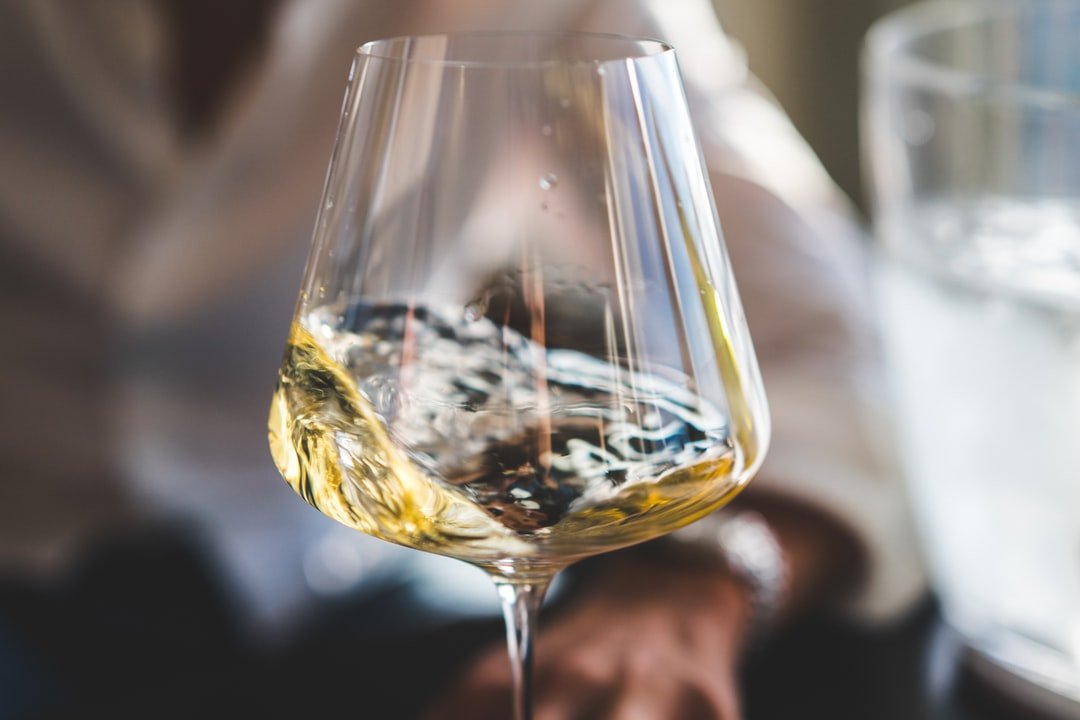
Champagne is a sparkling wine that comes from the Champagne region of France. The grapes used to make champagne are grown in the limestone-rich soil, which gives the wine its characteristic flavor. Champagne can only be made in this specific region of France, and must meet certain production criteria in order to be called champagne.Sparkling wine is a type of wine that can come from any country, and can be made with any type of grape. Sparkling wine can also be made with carbon dioxide or another type of gas to give it its bubbles. Sparkling wines are often less expensive than champagne, and are available at many liquor stores.
Champagne is a type of sparkling wine that is produced in the Champagne region of France. There are many different types of champagne, each with its own unique flavor. For a special occasion, you might want to choose a bottle of vintage champagne. Vintage champagnes are made from grapes that were harvested at least two years ago, so they have had plenty of time to mature. They tend to be expensive, but they are worth the price for a truly special occasion. If you're looking for something less expensive, there are also non-vintage champagnes available. These champagnes are made from grapes that were harvested within the past year, so they don't have as much time to mature. However, they still offer great flavor and can be perfect for celebrations such as New Year's Eve or Valentine's Day. No matter what your occasion may be, there is sure to be a type of champagne that will fit your needs perfectly. So raise a glass and enjoy!
Champagne can be a tricky beverage to buy. After all, you don't want to end up with a bottle that's flat or tastes like vinegar. How do you make sure that you're getting a quality bottle of champagne? There are a few things to look for when buying champagne. The most important thing is the cork. A good champagne will have a tightly sealed cork with no tears or cracks. The capsule (the foil around the cork) should also be intact and free of any damage. Another indication of quality is the Brut or Extra Dry designation on the label. These terms indicate how dry the wine is; Brut means it's very dry, and Extra Dry means it's slightly sweetened. There should also be mention of where the champagne was made; if it says "Product Of France" on the label, it's likely high-quality stuff. Finally, price can sometimes be an indicator of quality - but not always! You can find some excellent bottles of champagne at modest prices, while some expensive champagnes are disappointing in flavor. But generally speaking, if you're paying more than $50 for a bottle of sparkling wine, it's probably worth shelling out for
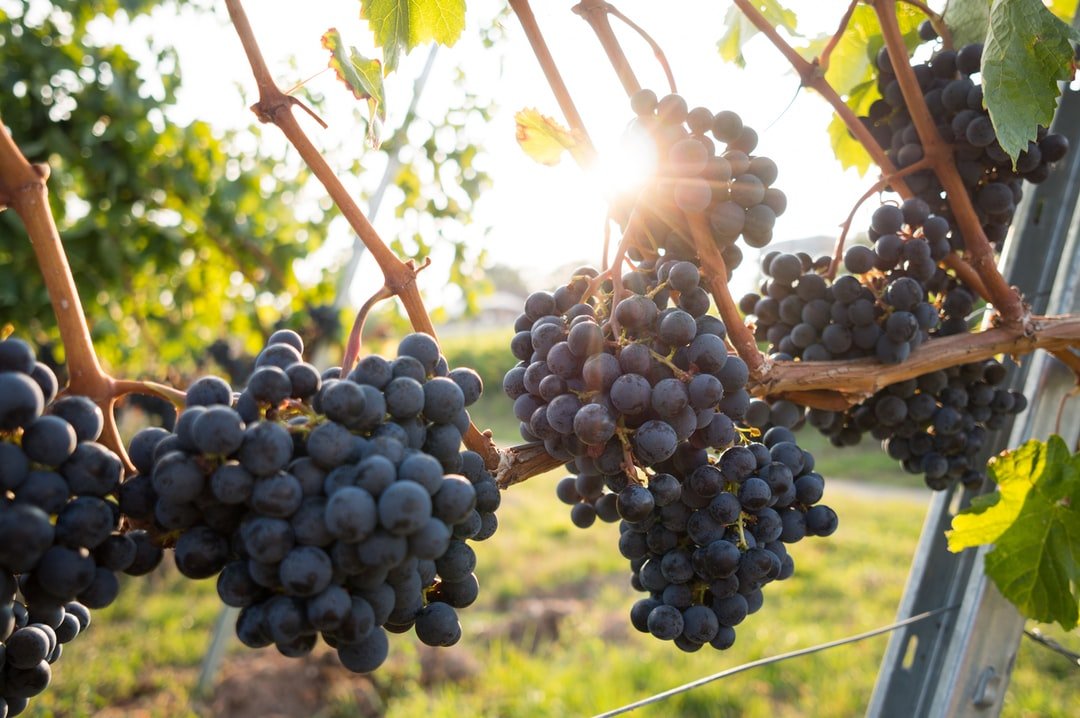
Champagne is a sparkling wine that is typically made from grapes grown in the Champagne region of France. There are many different types of champagne, each with their own unique flavor profile. Most champagne should be stored in a cool, dark place and served cold. However, there are some types of champagne that can be served at room temperature. When serving champagne, make sure to pour it slowly so that the bubbles can dissipate and not explode in your glass.
Champagne flutes are a type of wine glass that is designed to drink champagne from. They are tall and thin with a long stem, and they often have a decorated bowl. There are many different types of champagne flutes, each with its own unique design. Some of the most common varieties include the coupe champagne flute, the tulip champagne flute, and the flute champagne glass.The coupe champagne flute is shaped like a shallow cup with a wide mouth. It has a short stem and is often decorated with etched designs or gold trim. The tulip champagne flute is similar to the coupe, but it has a narrower mouth and a longer stem. The flute glass is taller than both the coupe and tulip glasses, and it has an elongated bowl that tapers inward at the top. It is typically decorated with crystals or other decorative elements.Each type of champagne flute has its own unique benefits and drawbacks. The coupe glass is perfect for serving large quantities of bubbly at once, while the tulip glass delivers more delicate bubbles to your tongue. The flute glass showcases sparkling wines in all their glory by allowing you to see the bubbles rising in the wine.
Champagne is a wine made from grapes in the Champagne region of France. The primary grapes used in making champagne are Chardonnay, Pinot Noir, and Pinot Meunier. Champagne is produced by adding sugar and yeast to a base wine, then bottling the mixture while it is still undergoing secondary fermentation. Secondary fermentation causes carbon dioxide gas to be formed, which gives champagne its characteristic bubbles.Champagne has been produced since the late 17th century, and was originally known as "vin mousseux" or "wine with bubbles." The popularity of champagne grew rapidly during the 18th century, and it soon became associated with luxury and celebration. In addition to being enjoyed by royalty and nobility, champagne was also popular among merchants and bankers as a sign of wealth and status.During the 20th century, the production of champagne became increasingly mechanized, which allowed for greater quantities to be produced at lower costs. Today, sparkling wines made in other regions of France (such as Cava from Spain) are sometimes called "champagne" due to their similarity in taste and texture. However, true champagne can only come from the Champagne region of France.
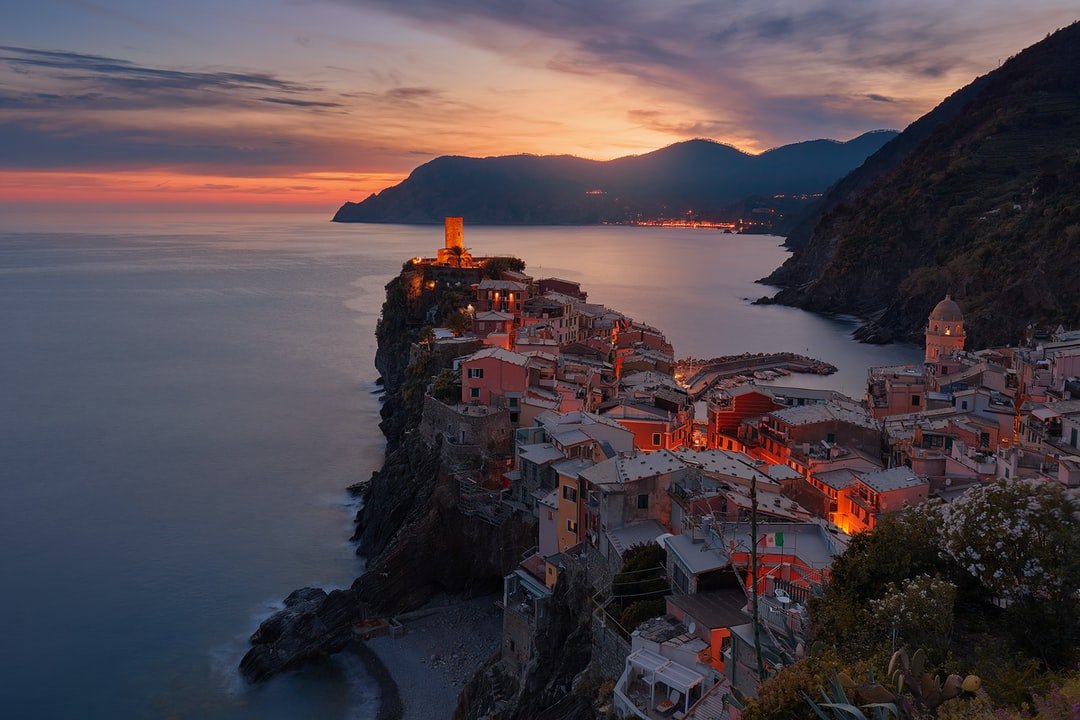
There are various types of champagne, all of which originate from different regions in France. The most popular type of champagne is the Brut, which is made in the Champagne region. This type is dry, light-bodied and acidic. The next most popular type is the Demi-Sec, which is also made in the Champagne region and has a slightly sweeter taste than the Brut. The third most popular type of champagne is the Rosé, which is made from red grapes and has a pinkish hue. It is also sweeter than the Brut and Demi-Sec champagnes. Finally, there are two lesser-known types of champagne: the Blanc de Noirs and the Blanc de Blancs. These champagnes are both made from white grapes, but the Blanc de Noirs has a darker color due to being barrel-aged for a longer period of time.
There are a few ways that you can open a champagne bottle without a corkscrew. One way is to use a knife. Another way is to use your hands.
Champagne is a drink that has been around for centuries. There are many different ways to enjoy champagne. You can enjoy it with food, by itself, or mixed with other drinks.Champagne is great with food. It goes well with both savory and sweet dishes. Some of the most popular foods to pair champagne with are oysters, shrimp, crab legs, crème brûlée, and chocolate cake. Champagne also makes a great aperitif before dinner.Champagne is delicious on its own as well. Many people like to drink it in the glass it is served in at restaurants. Some people like to pour champagne into a saucepan and heat it up slightly before drinking it. This makes the champagne taste sweeter and warmer.Finally, many people like to mix champagne with other drinks. One popular combination is champagne and cranberry juice cocktail. This drink is called a mimosa or a sunrise cocktail.
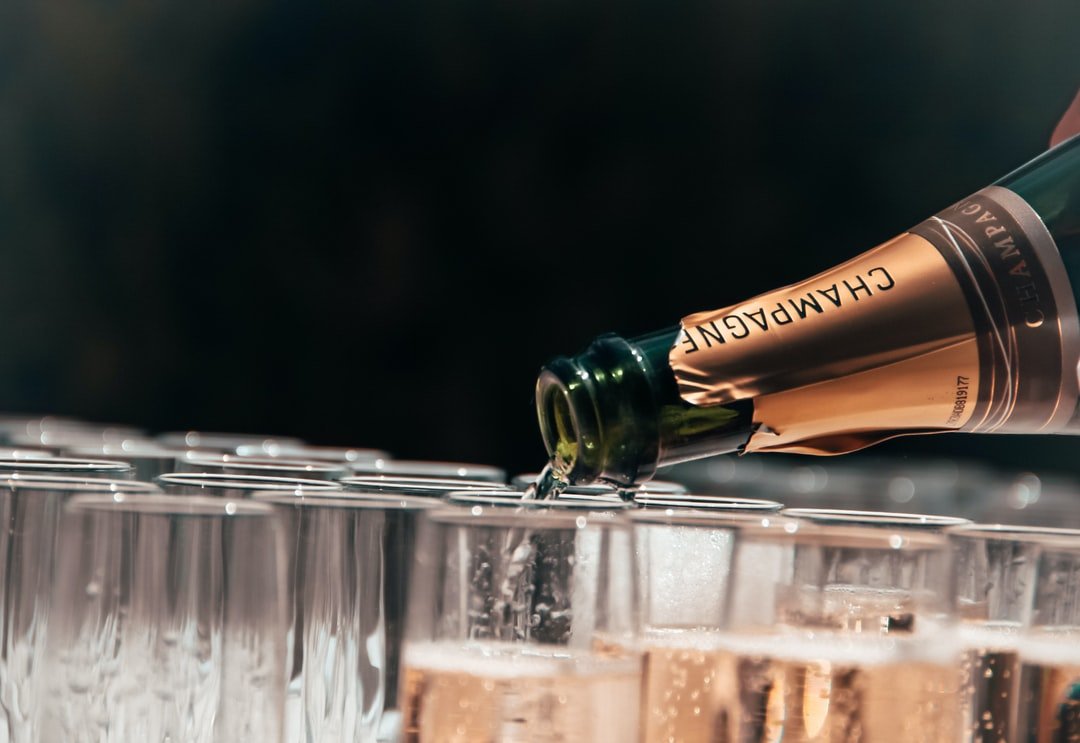
Champagne cocktails are always a great choice for celebrations and parties. There are endless possibilities when it comes to champagne cocktails, but here are some of our favorites:The French 75 is a classic champagne cocktail that is simple and delicious. It consists of champagne, cognac or gin, lemon juice, and sugar.For something fruity and refreshing, try the Bellini. This cocktail is made with peach nectar and Champagne, and it’s perfect for summertime gatherings.If you’re looking for something a little bit more decadent, the Mimosa is definitely worth trying. This drink combines orange juice with Champagne for a sweet and sour combo that’s hard to resist.Finally, the Shirley Temple is another fun option that kids (and adults) will love. It’s made with ginger ale or lemon-lime soda instead of Champagne, so it’s perfect for those who want a light and refreshing drink.
Champagne is a wine that has been produced in the Champagne region of France since the 17th century. It is made from a blend of Chardonnay, Pinot Noir, and Pinot Meunier grapes, and is often served as a celebratory drink. Champagne can also be used to make dessert recipes, such as champagne sabayon or champagne trifle. These desserts are light and fluffy, and have a slightly sweet taste that pairs well with the tart flavor of champagne.
Champagne is a type of sparkling wine that is made from grapes that have been fermented in two different ways. The first fermentation produces regular wine, while the second fermentation produces carbon dioxide gas and alcohol. Champagne is usually pale yellow in color and has a slightly sweet taste.Champagne has many health benefits, including boosting your immune system, preventing heart disease, and reducing the risk of cancer. Champagne also contains antioxidants which can help to protect your body against free radicals. Additionally, champagne is high in vitamin C which can help to boost your energy levels and improve your overall health.
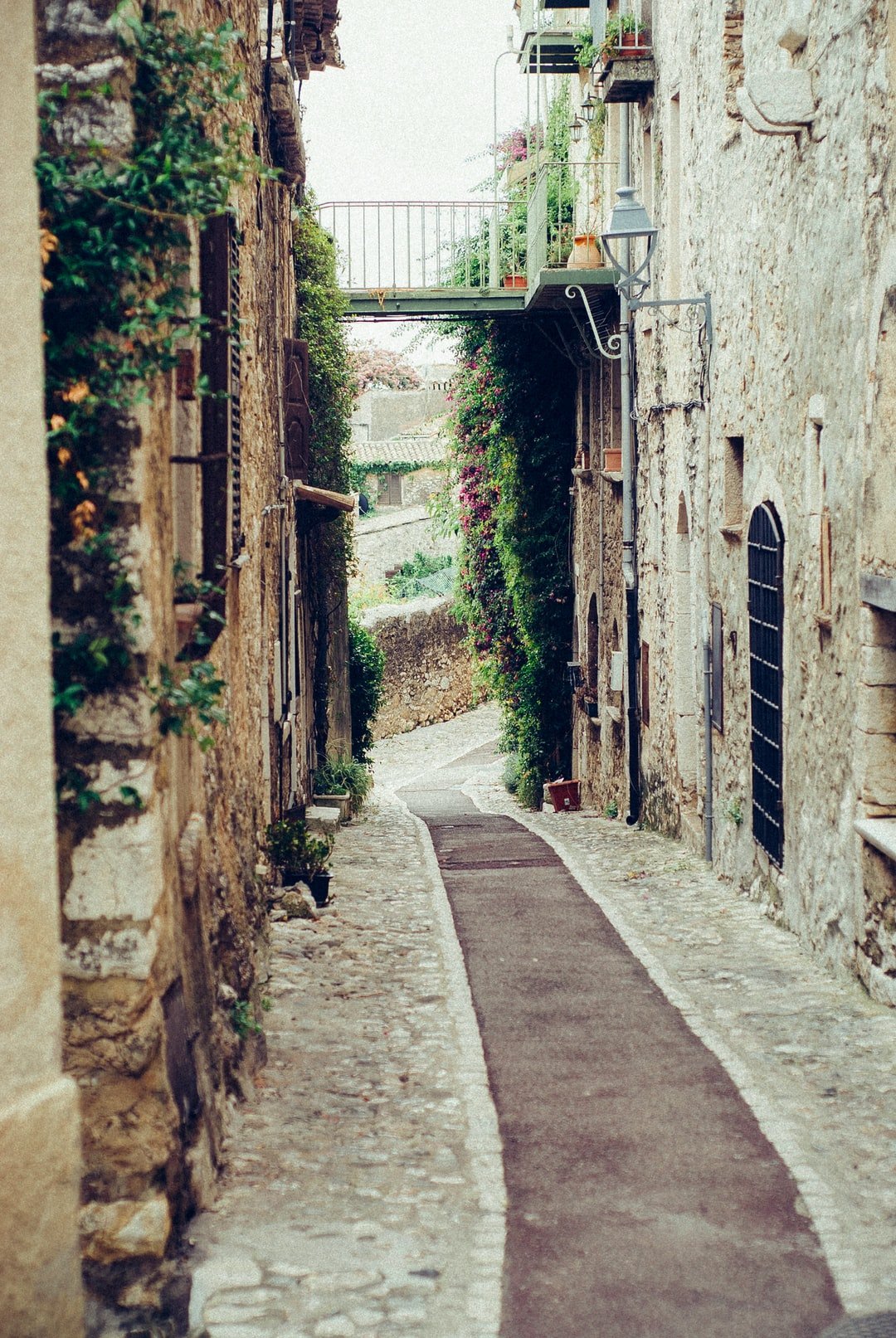
Champagne is a sparkling wine that is most often served in celebrations and special occasions. There are different types of champagne, each with their own unique flavor. The most popular type of champagne is Brut, which is a dry champagne. Another common type of champagne is Demi-Sec, which is a sweet champagne. There are many ways to sabrage a champagne bottle. The most popular way is to use a Saber knife. Sabering a champagne bottle requires practice and patience. The best way to saber a bottle of champagne is by holding the bottle at an angle and striking the neck of the bottle at the point where the label begins using the blunt side of your Saber knife (or another sharp object).
There are many myths about champagne. One is that it can only be made from grapes grown in the Champagne region of France. This is not true. Champagne can be made from any type of grape. Another myth is that you have to drink champagne on New Year's Eve to bring good luck. There is no truth to this either. You can drink champagne any time you want!
Champagne is a type of sparkling wine that is from the Champagne region of France. There are five types of champagne that you should know about. The five types are champagne, sparkling wine, cremant, cava, and Prosecco. Each type has its own unique flavor and style. Champagne is the most expensive and has the most complex flavor. Sparkling wine is the most popular type and has a lighter flavor than champagne. Cremant is made in France and has a fruity flavor. Cava is from Spain and has a nutty flavor. Prosecco is from Italy and has a light floral taste.
Champagne is a sparkling wine made from Pinot Noir, Chardonnay, and Pinot Meunier grapes. There are five main types of Champagne: Brut, Extra-Brut, Blanc de Blancs, Rosé, and Demi-Sec. The Brut designation indicates the champagne has very little sweetness. The Extra- brut designation means the champagne has no added sugar at all. The Blanc de Blancs designation means the champagne is made from 100% white grapes (Chardonnay). The Rosé designation means the champagne is made from red grapes (Pinot Noir). Finally, the Demi-Sec designation indicates that the champagne has some sweetness. Most champagnes are served chilled in flutes. However, for Rosé Champagne or Demi-Sec Champagne a white wine glass may be more appropriate to show off the pink or golden hues of these wines respectively.
The five types of champagne are Brut, Dry, Demi-Sec, Sweet, and Extra-Sweet. All five types have slightly different characteristics that make them unique. The Brut champagne is the driest type with very little sweetness. It is often described as crisp and clean. The Dry champagne has a bit more sweetness than the Brut and is also quite crisp. The Demi-Sec champagne is sweet with a medium level of sugar. It often has fruity flavors like peach or apricot. The Sweet champagne has the most sugar of all five types and tends to be richer in flavor with notes of honey or caramel. Finally, the Extra-Sweet type has even more sugar than the Sweet variety and can be quite syrupy in texture.
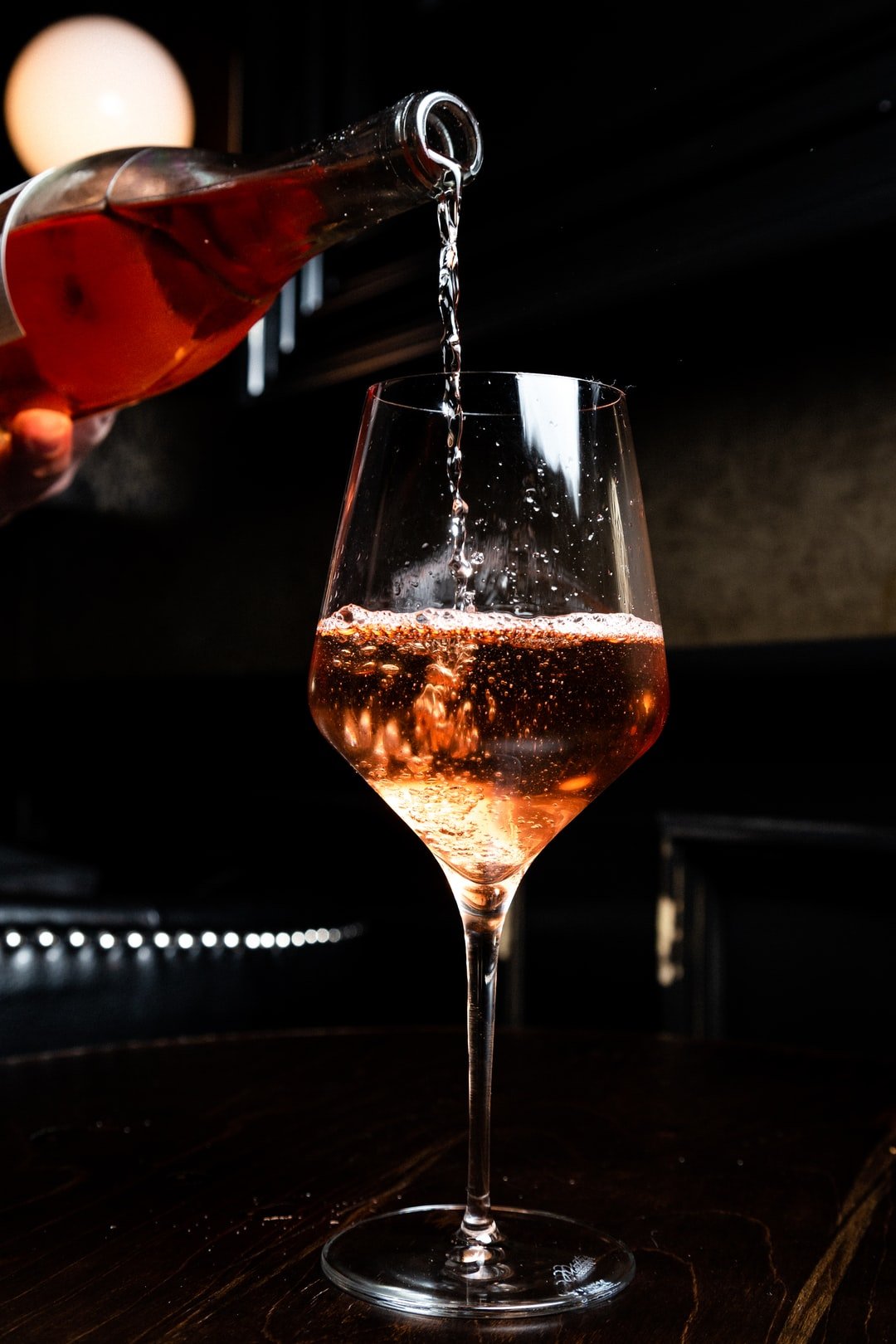
Champagne flutes are tall, thin glasses with a long stem. They are designed to show off the bubbles in champagne and keep the drink cold. Champagne is often served at celebrations such as New Year's Eve or weddings. It can also be enjoyed on its own as a celebratory drink. There are many different types of champagne, each with its own unique flavor. Some of the most popular types include brut, rose, and vintage champagne.
Champagne is a type of sparkling wine that is made from grapes that are pressed and then fermented in a bottle. The fermentation process creates carbon dioxide gas, which makes the champagne fizzy. Champagne can be served in different glasses for different presentations. For example, for a festive presentation, champagne can also be served in a wine glass or even a coupe. A coupe is a special type of champagne glass that has more of a bowl-like shape and is wider than it is tall.
Champagne is a type of wine that is made from grapes. There are different types of champagne, and each should be served at a different temperature. The driest champagne, like Brut, should be served cold, while the sweeter champagnes, like Demi-sec, can be served at room temperature.
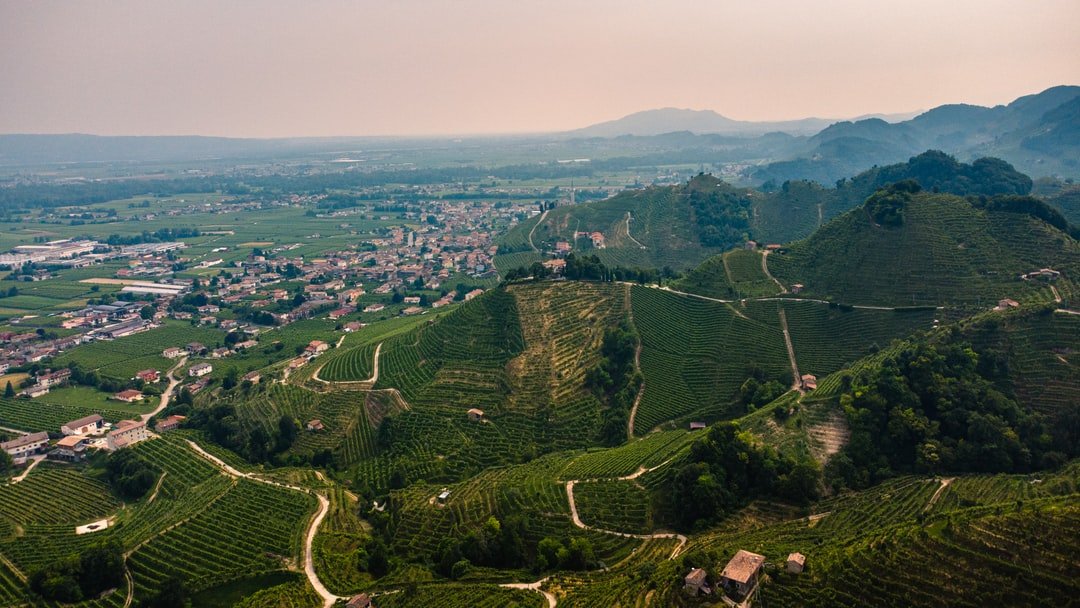
Champagne is a type of wine that is made from grapes that are grown in the Champagne region of France. There are different types of champagne, including brut and dry. Brut champagne is the driest type, while dry champagne is less dry. Both brut and dry champagne should be served chilled, but not cold.
Champagne, specifically the demi-sec and sweet styles, should be served at a room temperature of about 68 degrees Fahrenheit. At this temperature, the flavors of these wines will be more expressive and you'll be able to enjoy them more fully. Serving champagne cold can mask some of its flavors and make it less enjoyable.
Extra-sweet champagne should be served cold. The colder the better, in fact. This will help to keep the sweetness from being too overwhelming. Champagne is usually a celebratory drink, and when it's extra-sweet, it can really pack a punch.
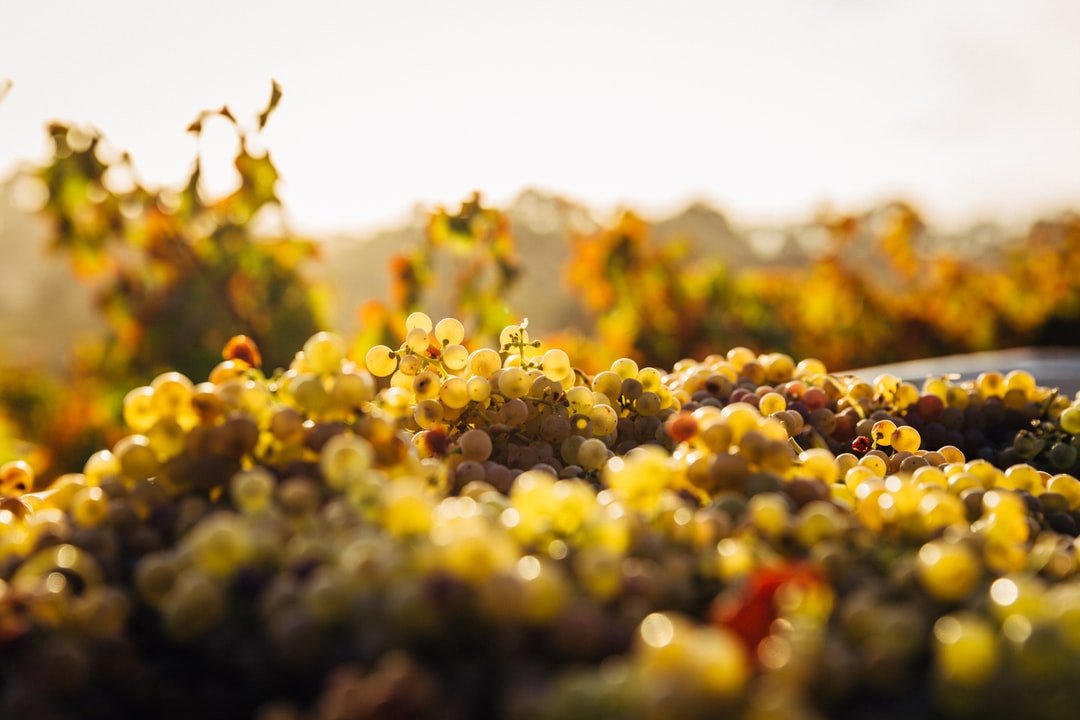
Champagne is a unique wine in that it can be served in two different ways: dry or sweet. The drier champagne, which is less sweet, is typically paired with lighter foods such as seafood or salad. The sweeter champagne, which has more sugar added to it, pairs well with desserts or heavier foods such as meats.No matter what you are serving champagne with, however, it is important to remember to pour it slowly so that the sediment in the bottle does not end up in your glass. To avoid this, hold the bottle at a 45-degree angle and pour the champagne gently down the side of the glass until it is about two-thirds full. Once that's done, you can then bring the glass upright and fill it the rest of the way.
Champagne is a type of sparkling wine that is typically served during celebrations and special occasions. Champagne is made from grapes that are fermented in two stages, first the white grape juice is fermented to produce a base wine and then this wine is blended with champagne yeast and sugar before it undergoes a second fermentation. The result is a bubbly drink with a characteristic flavor and aroma.Champagne should be sipped, not gulped. When you sip champagne, you allow yourself to enjoy all the flavors and aromas that are unique to this type of wine. In addition, sipping champagne allows you to appreciate its effervescence. Gulping champagne will quickly diminish its bubbles and you may not even taste it properly. So next time you have some champagne, take your time and enjoy it!
There are many types of champagne, but all of them have one thing in common: they should be served cold. Champagne can be served chilled or over ice, but it's important to remember that the colder the drink is, the more carbonated it will be. This is why champagne flutes should always be held by the stem and not the bowl; if you hold a champagne flute by the bowl, you'll warm up the drink and make it less bubbly.A proper champagne toast involves clinking glasses with your fellow drinkers and saying "cheers". You can then take a sip of your drink, or wait until everyone has had their turn before drinking. Whatever you do, don't chug your champagne – it's meant to be sipped slowly so that you can enjoy its flavor and subtle nuances.
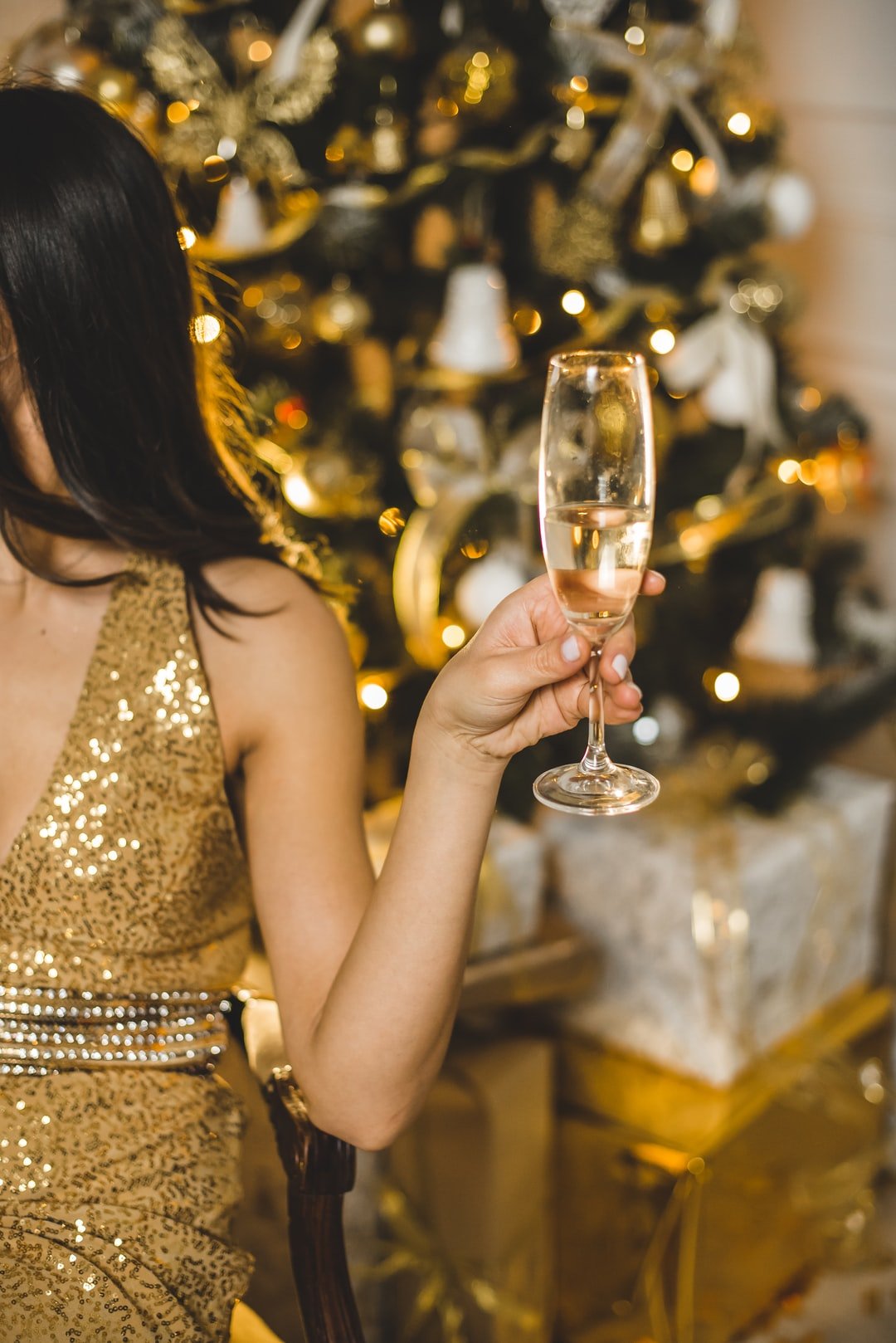
Champagne is a sparkling wine made from grapes grown in the Champagne region of France. The bubbles in champagne dissipate over time, so champagne should be drunk soon after it is opened.
Champagne is a sparkling wine that is made from grapes that are grown in the Champagne region of France. The wine is first fermented in stainless steel tanks and then bottled. It is left to ferment for a second time in the bottle, which causes the carbon dioxide gas to become trapped. This gives the wine its characteristic bubbles. Champagne can be served as an aperitif or after dinner drink. It can also be used in cocktails or cooking. Leftover champagne can be stored in the refrigerator for a day or two.
Champagne is a sparkling white wine made from grapes grown in the Champagne region of France. While it can be enjoyed on its own, champagne is often used to make cocktails or champagne cocktails. Champagne cocktails are drinks that contain champagne and another type of liquor, such as vodka, brandy, or gin. Some popular champagne cocktails include the mimosa, the bloody mary, and the French 75. Champagne can also be used to make wine coolers or mixed drinks with fruit juices.
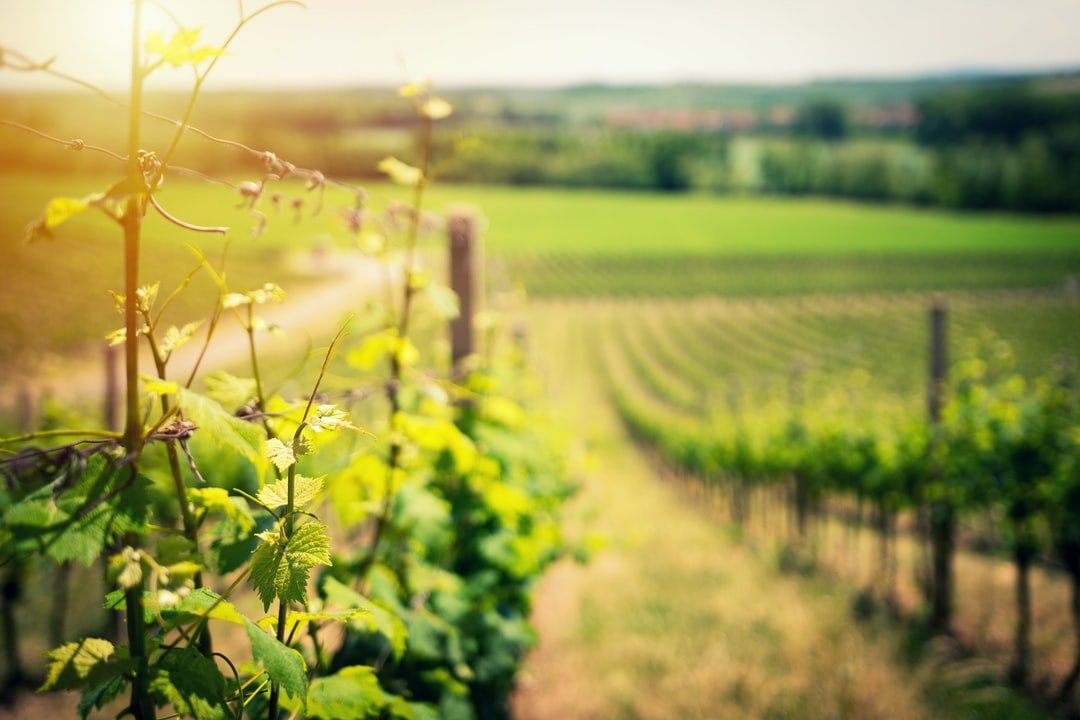
Champagne sabayon, also known as a zabaglione, is made by whisking egg yolks and sugar together over a double boiler until they become thick and frothy. Then, while still whisking, slowly pour in the champagne. The mixture will thicken more as the champagne warms up. Serve immediately or keep in a warm place until ready to serve. Champagne sabayon can be served with fresh fruit or with cake or cookies.
Champagne is a wine that is made from grapes that are grown in the Champagne region of France. The wine is sparkling because it is made with carbon dioxide and yeast. Champagne can be enjoyed on its own or with a variety of foods. It pairs well with seafood, chicken, pork, and desserts.
There are five main types of champagne: brut, extra dry, sec, demi-sec, and doux. The first four types are often served as cocktails while the last type is generally enjoyed as a dessert wine. Each type has a unique flavor that can be enhanced by the way it is served.For example, brut champagne is best served chilled with a light snack or in a cocktail such as a mimosa or bloody mary. Extra dry champagne can also be served chilled but pairs well with spicy foods or desserts like tiramisu. Sec champagne is typically served at room temperature and goes well with heavier dishes like roast pork or lamb. Demi-sec champagne should be served slightly chilled and complements sweet desserts like crème brûlée or apple tart. Finally, doux champagne is best served chilled with fruit or ice cream for dessert.No matter what your preference, there is a type of champagne that will fit your individual taste!